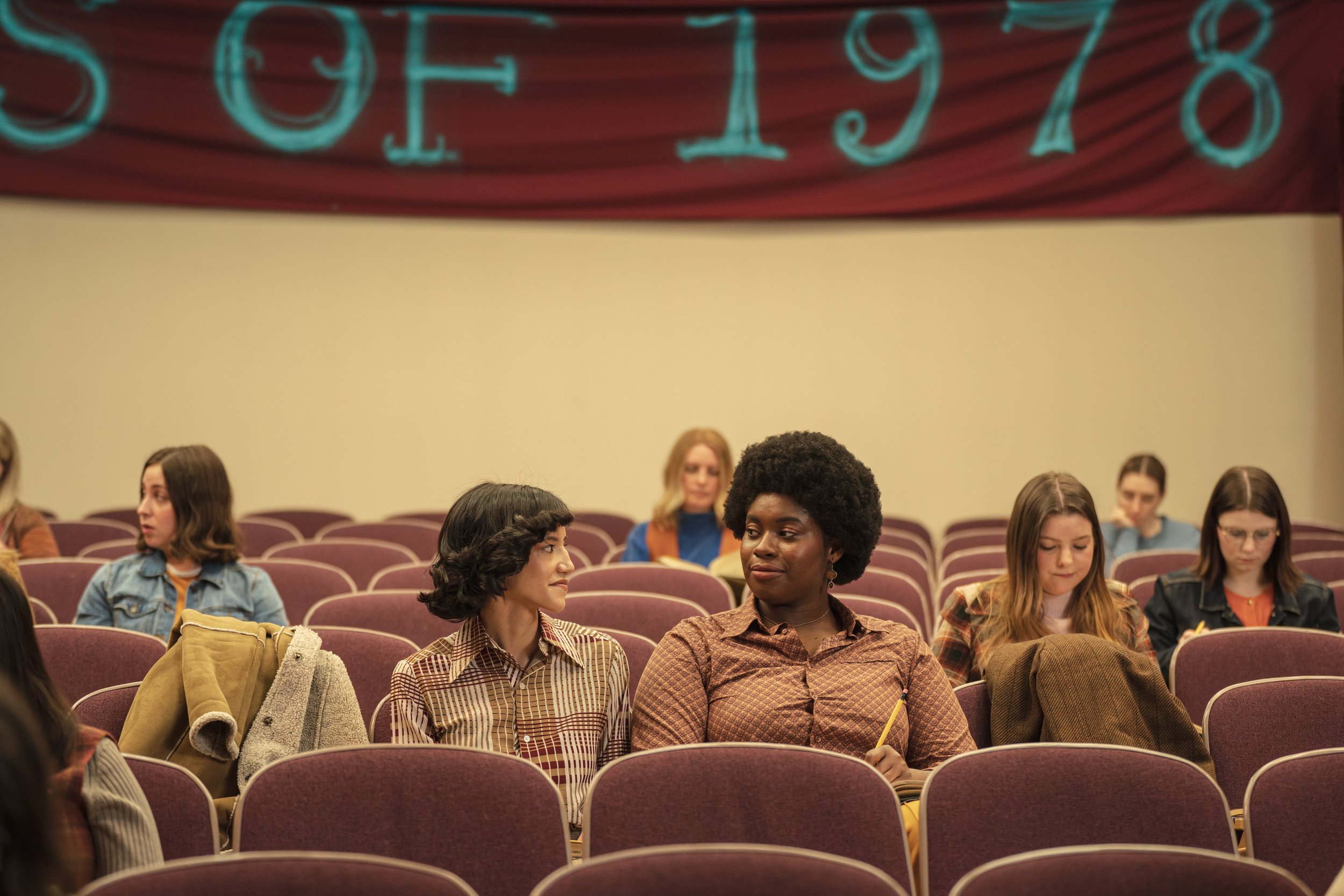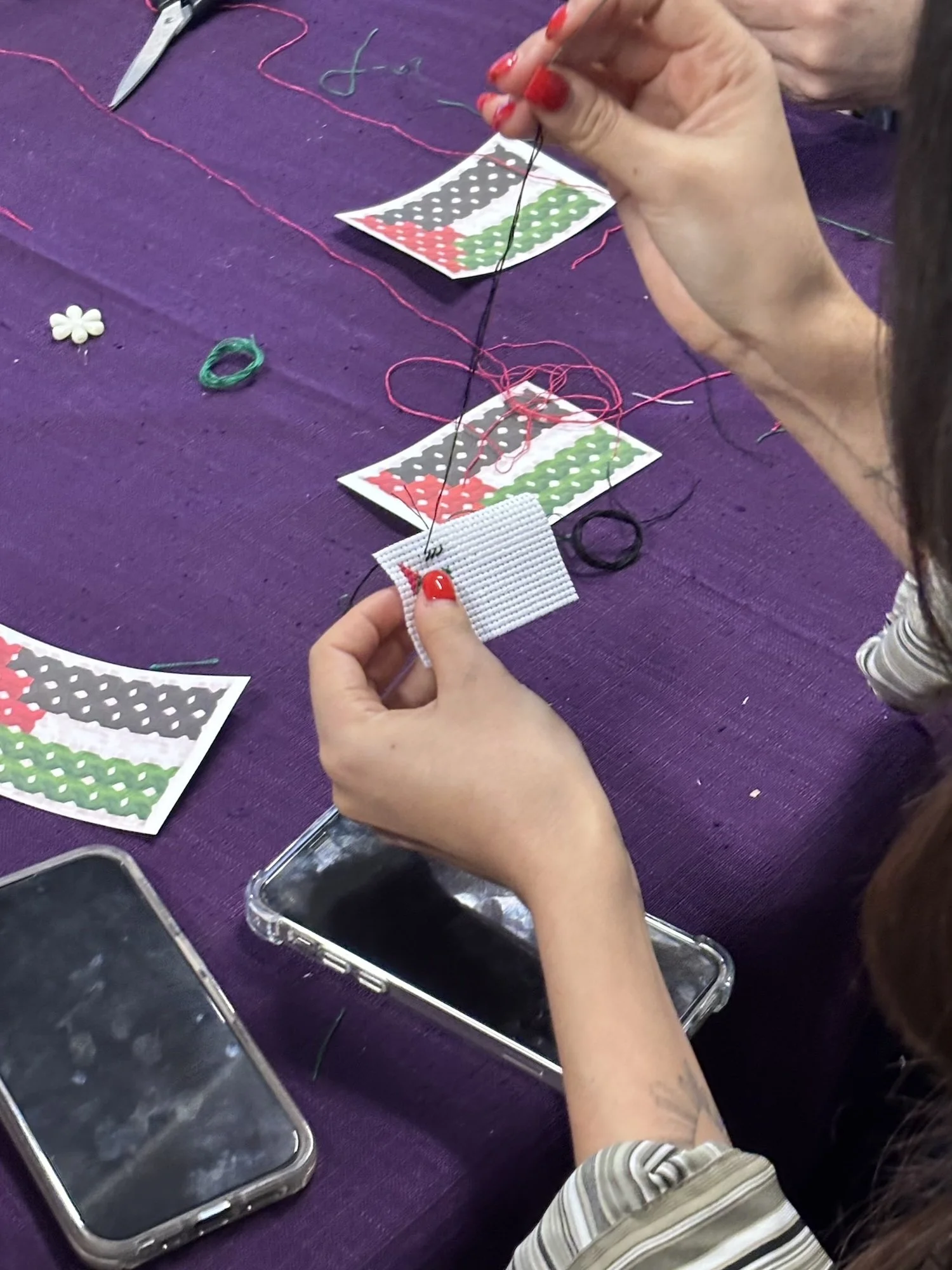Vancouver International Women in Film Festival Review: Esther and Sai Tells the Story of Immigration and Homesickness Through Food
/Photo by Syd Won
Esther and Sai presents an unlikely antagonist for a film: mac and cheese. Yet, in a short film about the discomfort, loneliness, and homesickness of migrating to a new country, mac and cheese is actually a perfect analogy of the unfamiliarity of North American foods—and attitudes—to newcomers.
The short film, co-directed by Vancouver filmmakers Rosie Pidcock & Anaïsa Visser, was recently featured at the Vancouver International Women in Film Festival, alongside 32 other projects telling women and gender-diverse stories by filmmakers around the world. But in Esther and Sai lives a story every immigrant to Vancouver can see themselves reflected in.
The year is 1976, and the parallel experiences of two women—Sai from China and Esther from Nigeria—are depicted the night before they both start the same nursing school. We begin in a Vancouver grocery store, which has been set-designed to suit the era: cartoon-adorned sugary cereal boxes and racist imagery on packaged rice. In separate aisles, Sai and Esther are faced with a foreign world of the pre-packaged and processed. When the grocery clerk, a white man, asks Sai if she needs assistance, he immediately shows impatience when she struggles to clearly say what she needs in English. As Sai leaves, flustered, Esther approaches the clerk to ask where she can find the rice. He doesn’t even acknowledge her, and she knows why.
It’s an interaction that speaks to multitudes of social layers, touching not only on the hostility towards foreigners, but also the hierarchy of how that manifests: while the grocery clerk initially approached Sai, a Chinese woman, to help, he did not bother to speak to Esther, a Black woman.
Photo by Syd Won
Later on, both women are back in their individual homes: cramped single bedrooms with sparse, dorm-like furniture. Their grocery store exploits failed them, and both are resigned to cooking a box of mac and cheese on a hot plate—a dish neither seem to have made before. They both don’t quite know how to make it, and each follows their own intuitive methods of cooking. Esther stirs the pre-packaged cheese mix in with the boiling water while Sai uses the mix as a topical seasoning once plated.
Both look disgusted and hopeless after the first bite.
To the seasoned mac and cheese connoisseur, Esther and Sai’s failures could appear comical. But to anyone else who’s just moved to a completely new country—where they feel lost and unwelcomed—failing at a seemingly simple task of that culture is devastating, embarrassing. It can make you feel more alone than ever. Even after living nearly half my life in Vancouver, I felt a familiar naivety watching this scene. The kind of naivety you grow accustomed to stomping out by overdosing on Western culture. I knew the characters were cooking the dish wrong, but I didn’t quite know what the right way was. (I had to Google how to cook Kraft dinner before writing this article.)
In a way, it’s this tenuous, confused, and awkward tension with boxed mac and cheese–an emblem of North American values, a staple comfort food–that is at the core of Esther and Sai. Mac and cheese is everything hostile and unwelcoming and cold about North America that so many new immigrants experience. Particularly non-white immigrants, who are suddenly forced to reckon with their otherness.
The film more subtly touches on the perspective of how mental health is treated by Esther and Sai’s family back home. While Esther’s father offers a few warm words of encouragement, Sai’s mother simply tells her to study hard and to call back after her exams. A sharp click and a cold dial tone is all we need to know what message the filmmakers are trying to convey. For a lot of first-generation immigrants, the end goal of building a safe and financially-secure life in a better country is held above all else, even mental health.
Photo by Syd Won
But the film does find space for tenderness and friendship, which culminates in its final moments—a sort of exhale of relief after twelve minutes of disconnect and loneliness. It’s in the look of immediate recognition between the titular characters when they meet for the first time in the lecture hall. From across the room, they make their way to a pair of seats in the middle and sit next to each other—the only two people of colour in the room—without a word spoken.
And here is the second layer of the immigrant experience: the moment one realises they aren’t actually alone and where the beginning of a makeshift sort of belonging can form.
It shouldn’t be a surprise, considering how universal the characters' individual experiences are, that Esther and Sai is based on a true story. The real Sai is the late mother of co-director Rosie Pidcock, who wrote the film and plays the role of her mother. Funded by the 2021 Voices with Impact grant on immigration and mental health, Esther and Sai is a beautifully-shot, softly-told homage to a friendship that would endure for decades.
Ayesha Habib is a South Asian writer, editor, and photographer with an endless curiosity for people. She hopes to continue to approach storytelling softly and tenderly for the rest of her life. Follow Ayesha's work on Instagram (@ayeshajenna).








